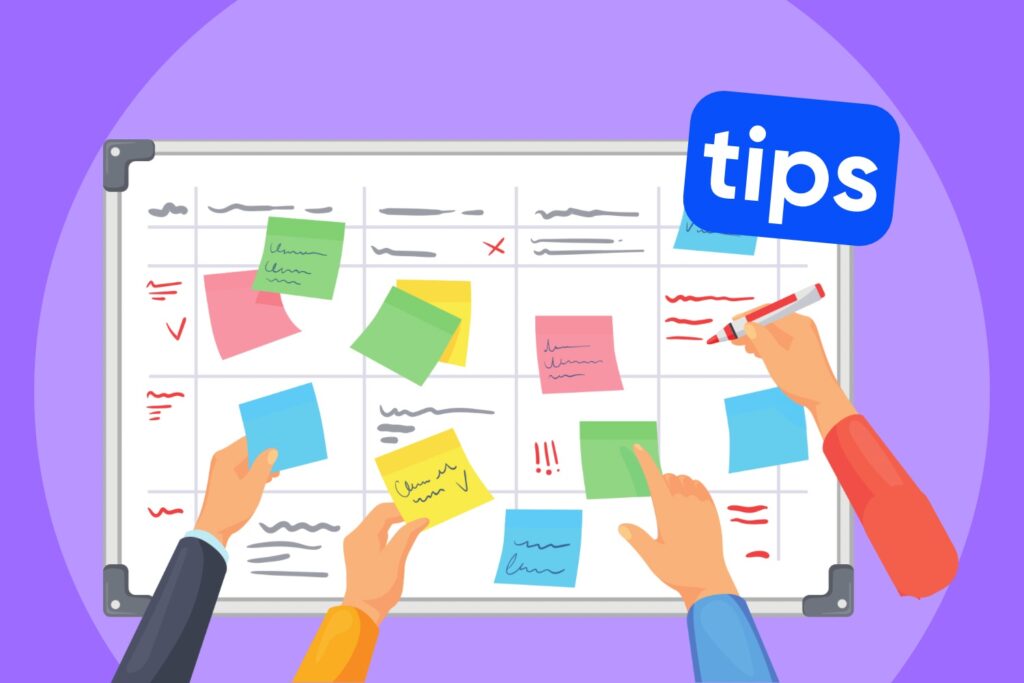How ERP Optimizes Pricing and Powers Dynamic Pricing in Retail

Pricing isn’t just about slapping a number on a product—it’s a strategic game. Get it right, and you maximize profits while keeping customers happy. Get it wrong, and you either scare off buyers or leave money on the table. In today’s fast-moving retail world, setting prices once and hoping for the best just doesn’t work anymore. That’s why dynamic pricing is taking over, and ERP systems are the key to making it happen.
Why Traditional Pricing Methods Don’t Cut It Anymore
Many retailers still price their products manually, using spreadsheets, gut feelings, or outdated cost-plus formulas. It’s slow, inefficient, and often inaccurate. One store might discount a product while another keeps it full price, leading to frustrated customers and lost sales. And when costs fluctuate—whether due to supply chain issues, inflation, or competitor moves—manual pricing can’t keep up.
This is where an ERP system for production comes in. It centralizes pricing across all sales channels, ensuring consistency and accuracy. Whether you’re running physical stores, an e-commerce platform, or both, an ERP keeps pricing aligned. No more mismatched discounts or pricing errors—just real-time adjustments that make sense.
What Is Dynamic Pricing, and Why Does It Matter?
Dynamic pricing is the practice of changing prices in real time based on factors like demand, competition, and seasonality. Instead of using static pricing, businesses can adapt quickly to market shifts, ensuring they stay competitive while maximizing profitability. Think about how airline tickets or ride-sharing fares change depending on time of day, demand, and even the weather. Retailers can use the same approach to stay competitive.
ERP systems make dynamic pricing possible by pulling in data from various sources—sales trends, competitor pricing, inventory levels, and customer demand. By using business task management software, companies can automate pricing adjustments, making sure their prices are always accurate and competitive. Instead of reacting to market changes, retailers can stay ahead of them.
Dynamic pricing is particularly useful during peak shopping seasons. Black Friday, holiday sales, or back-to-school promotions require precise, well-timed pricing strategies. Instead of relying on guesswork, an ERP system ensures retailers maximize profit margins while still offering competitive deals to customers.
How ERP Helps Retailers Optimize Pricing
A powerful ERP doesn’t just track prices—it actively helps businesses optimize them. Here’s how:
- Customer demand analysis: ERP systems analyze sales patterns, adjusting prices based on what customers are actually buying.
- Competitive tracking: They monitor competitor pricing, suggesting real-time adjustments to stay competitive.
- Seasonal price shifts: Prices can automatically adjust based on holidays, sales trends, and buying behavior.
- Inventory-based pricing: If a product isn’t selling, prices can be lowered strategically. If it’s in high demand, margins can be increased without turning customers away.
- Cost-based adjustments: When supplier prices change, ERP systems adjust retail pricing automatically to maintain profitability.
With forecast resource management, ERP systems also help predict future demand, so businesses can plan pricing strategies ahead of time rather than scrambling to react. This prevents overstocking low-demand items and running out of in-demand products.
The Role of AI and Automation in ERP Pricing
Modern ERP systems do much more than just track numbers—they actually learn from them. With AI and automation, businesses don’t have to wait for sales reports to show what’s working. Instead, they can make smarter pricing decisions in real time.
Machine learning algorithms dig through mountains of sales data, spotting trends that might not be obvious at first glance. They can predict when a price change will help or hurt sales, allowing businesses to adjust before they lose revenue.
For instance, if an ERP system detects that customers stop buying a product once its price crosses a certain threshold, it can flag this and suggest a more effective price point. On the other hand, it can also spot situations where a small price increase won’t turn customers away but will noticeably boost profits.
By automating these adjustments, ERP systems take the guesswork out of pricing. Businesses can stay competitive, react instantly to market shifts, and ensure their pricing strategy always supports growth.
AI-powered task and project management software can also assist pricing teams by automating repetitive tasks like monitoring competitor prices and applying predefined pricing rules. This reduces manual work, minimizes human error, and allows retailers to respond instantly to market shifts.
Making Pricing a Competitive Advantage
Pricing isn’t just about numbers—it’s about strategy. Businesses that don’t keep up with market shifts risk losing customers to competitors who adjust their prices at the perfect moment. With an ERP, price adjustments happen automatically, ensuring businesses always offer competitive and profitable pricing. The integration of project coordination tools helps departments stay aligned, ensuring that every pricing decision is well-executed and nothing gets overlooked.
An ERP system does more than just track prices—it helps businesses understand what’s driving their sales. By analyzing key metrics like conversion rates, profit margins, and price elasticity, retailers can see what’s working and what’s not. Instead of relying on gut feelings or trial and error, they can make smart, data-backed decisions that improve profitability over time. With the right insights, pricing stops being a guessing game and becomes a real competitive advantage.
The Future of Pricing in Retail
The way businesses approach pricing is changing fast, and it’s only going to get more sophisticated. AI-powered predictive analytics are getting better at spotting demand shifts before they happen, giving retailers the ability to adjust prices with precision.
ERP systems are also pulling in data from unexpected places—social media trends, economic indicators, even weather patterns—to fine-tune pricing strategies. The retailers that get ahead of these changes now won’t just survive in a competitive market—they’ll lead it. Those who stick to outdated pricing models, on the other hand, risk falling behind.
A pricing strategy powered by ERP isn’t just about matching the competition—it’s about outpacing them. Businesses that leverage ERP for dynamic pricing will be the ones leading the market in the future. In today’s fast-moving retail landscape, sticking to fixed prices is no longer an option. The businesses that invest in smart, ERP-driven pricing strategies will not only protect their margins but also create a better shopping experience for customers. Whether you’re a small retailer or a large enterprise, the ability to adjust pricing intelligently and efficiently can be the key to long-term success.
you achieve your goals!


